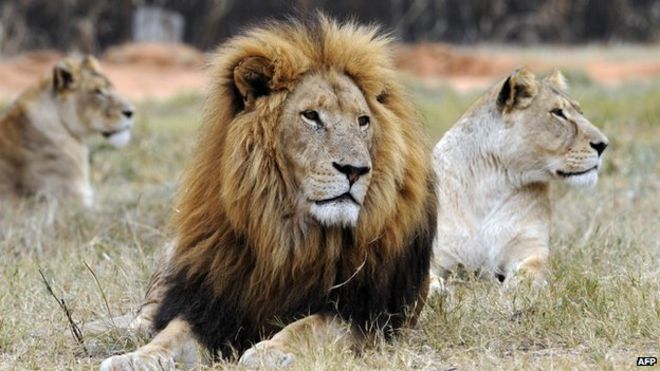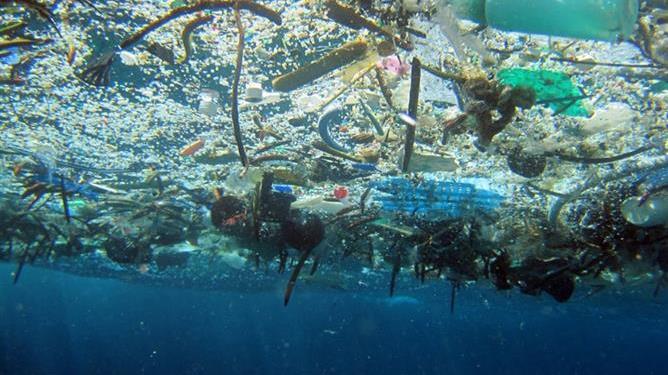Amid the development of their winter camp in west-focal North Dakota, Lewis and Clark noted ice streams on the Missouri by mid November (1804) and reported that the waterway had frosted over toward the beginning of December. Separation did not initiate until March, when ice streams were joined by various buffalo remains, the substantial herbivores having fallen through the winter ice and suffocated.
Tuesday, October 11, 2016
Valley Fog & Blackbird Clouds
Wanting to beat the warmth, I landed at Eagle Bluffs Conservation Area soon after dawn; sketchy haze covered the Missouri River floodplain, restricting perceivability for a half hour or somewhere in the vicinity. Regardless of the fog, I could see huge herds of red-winged blackbirds, wheeling over the pools, bunching on the roadways or sinking into the harvest fields; no less than 3000 graced the asylum on this moist summer morning.
Hurricane Matthew heads North
Right around seven years after an overwhelming seismic tremor decimated quite a bit of Haiti, Hurricane Matthew was raking that ruined country toward the beginning of today. The gigantic, Category 4 storm, 700 miles in distance across, beat Haiti with high winds and heavy rain; tropical drive winds develop 200 miles from the typhoon's focal eye.
Traveling north, Hurricane Matthew will cross eastern Cuba before going through the Bahamas, likely keeping up its quality. Past the islands, the tempest is required to parallel the bank of upper east Florida, Georgia and the Carolinas.
Traveling north, Hurricane Matthew will cross eastern Cuba before going through the Bahamas, likely keeping up its quality. Past the islands, the tempest is required to parallel the bank of upper east Florida, Georgia and the Carolinas.
2 million to ban the lion trade
Many South African lions are being butchered to make counterfeit sex mixtures for men. Be that as it may, we can stop this coldblooded exchange by hitting the legislature where it harms - the tourism business.
A worldwide prohibition on tiger bone deals has brokers chasing another prize - the grand lions. Lions are cultivated under horrifying conditions in South Africa for "canned chasing", where rich voyagers pay thousands to shoot them through wall. Presently specialists say lion bones from these murdering ranches are being sent out to fake "solution" creators in Asia for record benefits. Exchange is detonating and specialists expect that as costs rise, even wild lions - with just 20,000 left in Africa - will go under poaching assault.
A worldwide prohibition on tiger bone deals has brokers chasing another prize - the grand lions. Lions are cultivated under horrifying conditions in South Africa for "canned chasing", where rich voyagers pay thousands to shoot them through wall. Presently specialists say lion bones from these murdering ranches are being sent out to fake "solution" creators in Asia for record benefits. Exchange is detonating and specialists expect that as costs rise, even wild lions - with just 20,000 left in Africa - will go under poaching assault.
..Crosswise over Nepal
Entire slopes cleared down over the wonderful and fragile country towns of Nepal on Saturday. Thousands were pounded, more are missing and the nation is shouting out for water, nourishment, and sanctuary. It's staggering and amidst it this one overcome neighborhood association, Abari, is utilizing all that they need to set up tents in the hardest hit remote regions.
Help specialists say before the fiasco they were doing probably the most impactful work in the nation, and that they're one of the most ideal approaches to get essential guide to rustic groups quick. That is on account of this is their home.
Help specialists say before the fiasco they were doing probably the most impactful work in the nation, and that they're one of the most ideal approaches to get essential guide to rustic groups quick. That is on account of this is their home.
The obscenity of a plastic ocean
A stunning new study says that by 2050 there will be more plastic in our seas than fish.
What we're doing to our planet is simply disgusting. It may shake our confidence in mankind. However, then you catch wind of Terry, Christina, and Chris - 3 companions who read about the plastic issue and the Great Pacific rubbish fix - an immeasurable semi-broke down island of waste double the span of France.
They were sickened, and imagined a straightforward arrangement - the SeaVax, a sunlight based fueled ship that can suck up to 22 million kgs of plastic a year! Only a little number of these boats could tidy up the whole Pacific waste fix in only 10 years!!
What we're doing to our planet is simply disgusting. It may shake our confidence in mankind. However, then you catch wind of Terry, Christina, and Chris - 3 companions who read about the plastic issue and the Great Pacific rubbish fix - an immeasurable semi-broke down island of waste double the span of France.
They were sickened, and imagined a straightforward arrangement - the SeaVax, a sunlight based fueled ship that can suck up to 22 million kgs of plastic a year! Only a little number of these boats could tidy up the whole Pacific waste fix in only 10 years!!
Environmental Services From Agriculture
Introduction
Agricultural land (% of land area) in Sri Lanka was last measured at
41.62 in 2009, according to the World Bank. Agricultural land refers to the
share of land area that is arable, under permanent crops, and under permanent
pastures. Arable land includes land defined by the FAO as land under temporary
crops (double-cropped areas are counted once), temporary meadows for mowing or
for pasture, land under market or kitchen gardens, and land temporarily fallow.
Land abandoned as a result of shifting cultivation is excluded. Land under
permanent crops is land cultivated with crops that occupy the land for long
periods and need not be replanted after each harvest, such as cocoa, coffee,
and rubber. This category includes land under flowering shrubs, fruit trees,
nut trees, and vines, but excludes land under trees grown for wood or timber.
Permanent pasture is land used for five or more years for forage, including
natural and cultivated crops. This page has the latest values, historical data,
forecasts, charts, statistics, an economic calendar and news for Agricultural
land (% of land area) in Sri Lanka.
Subscribe to:
Posts (Atom)


